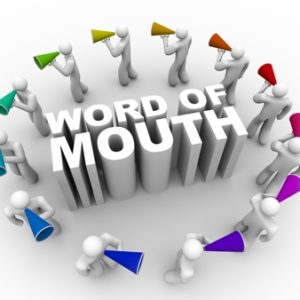
Are you putting all your Eggs in One basket

Are you putting all your eggs in one basket?
Do you do Digital or Traditional Marketing? A lot of marketing advice these days is to “go digital”. The rise of digital marketing companies is staggering and a lot of them are young companies that only think in one direction and that is how to market for Google. Or how to be found on Google. But is this the only thing that the modern small business needs to do?
Increase your business without the hard work
Digital marketing is a great way to increase business without doing all the old-fashioned hard work. And that is great. You can build a company profile by using Search Engine Optimization techniques and approaches to get your message out there. The only thing is that this takes time. A lot of small business do not have the luxury of time.
When the time comes to purchase
The thing that digital marketing does so well is it gives you the opportunity to be in front of a potential customer when the time comes. What I mean by this is that when someone decides they need your product they will look online and hopefully find you. Or they have seen your digital activity and approach you for your products.
Digital marketing creates the situation so that if you are doing it correctly you will be on the top of the lists i.e. high placing on Google. What it also does is put you up amongst your competitors.
Control is in the hands of the buyer
This is considered passive marketing. It also means that the control is all in the hands of the buyer. What if you wanted to be in front of a potential buyer before the decision time giving you the control? Then you must look at a more traditional type of marketing approach.
How to take control
Here are some marketing ideas that will help you take the control:
- Industry events
- Industry publication hard media advertising
- Sales and Business Development techniques such as cold calling, dropping in on business
There are more, and the majority are offline. It is hard work. But what it will do is put you in front of a potential buyer without your competitors being there. By building a direct relationship, giving you a stronger position to get them to buy your product.
Perhaps a different strategy
To do this you need to look at a different kind of strategy, a more traditional one. I’m not saying ditch the digital marketing but look at other ways to market your business. Don’t fall into the trap of putting all your eggs in the digital basket.


